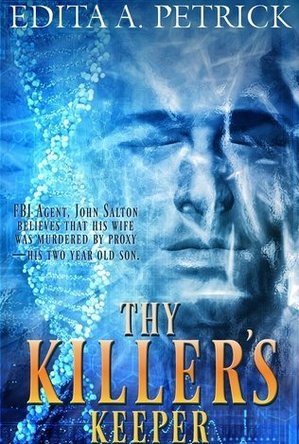
ReSound Smart 3D – for ReSound LiNX 3D
Medical
App
The ReSound Smart 3D™ app is compatible with the following hearing aids: ReSound LiNX 3D™...

Architectural Design with SketchUp: 3D Modeling, Extensions, BIM, Rendering, Making, and Scripting
Book
Go beyond the basics: making SketchUp work for you Architectural Design with SketchUp, Second...

Lucky Seven: 7-Minute Workout Challenge Musical Interval Timer with RunKeeper Integration & more
Health & Fitness and Lifestyle
App
7 minutes to spare? That’s enough for a workout! LuckySeven is the best way to enjoy the...

Step By Step
Lifestyle and Navigation
App
App for control of your GPS devices such as Smart Baby Watch and other, which brings their work to a...

CommBank Youth
Finance and Lifestyle
App
The CommBank Youth app is a fun and safe way to help teach your child to earn, save and spend...

Thy Killer's Keeper
Book
John Salton is everything that a country police can expect of its agent. He has brilliant analytical...
sci fi science fiction paranormal thriller crime detective

Baby games for 2 - 4 year olds
Education and Games
App
- Educational games for toddlers and kids of 2 – 4 years old - Games for kids on sorting and...

eDreams-Flights, Hotels & Cars
Travel and Lifestyle
App
Thinking about taking a trip? Visiting a far-off land or maybe visit some old friends? Well, you've...

I Spy With Lola HD: A Fun Word Game for Kids!
Games and Education
App
Join Lola Panda™ as she travels around the world in her first I Spy adventure app! Visit Lola’s...
